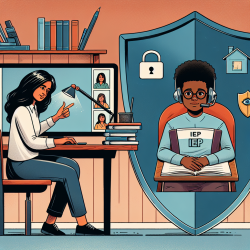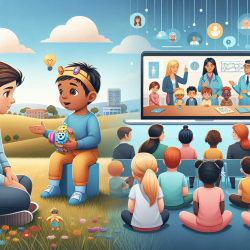Unlocking the Power of Urban Design in Speech Therapy
As speech-language pathologists, our focus is often on the individual child, their specific needs, and how we can best support their communication development. However, a recent study titled "Healthy Urban Environmental Features for Poverty Resilience: The Case of Detroit, USA" offers insights that can be applied to our practice, especially in urban settings. This study explores how urban design can influence socioeconomic outcomes, and by extension, the well-being of the communities we serve.
The Study: A Snapshot
Conducted in Detroit, a city known for its high poverty rates, the study examined the relationship between urban features and changes in household income. It found that proximity to job opportunities, educational facilities, and health-related services were positively associated with increased household incomes. These findings suggest that a well-designed urban environment can enhance community resilience against poverty.
Implications for Speech Therapy
While the study focuses on economic outcomes, the implications for speech therapy are profound. Here are a few ways urban design can influence our practice:
- Accessibility to Services: Just as proximity to job opportunities boosts income, proximity to therapy services can enhance access for families. Ensuring that therapy centers are located in accessible areas can reduce barriers for families seeking services.
- Community Engagement: Urban environments that promote community interaction can foster supportive networks for families. Encouraging participation in community events can enhance social communication skills in children.
- Environmental Enrichment: Access to parks and recreational facilities promotes physical activity, which is linked to cognitive and language development. Integrating outdoor activities into therapy can be beneficial.
Encouraging Further Research
The study highlights the need for further research into how urban design impacts child development and access to therapy services. Practitioners are encouraged to consider the broader environment when planning therapy and to advocate for urban designs that support healthy development.
To read the original research paper, please follow this link: Healthy Urban Environmental Features for Poverty Resilience: The Case of Detroit, USA.










